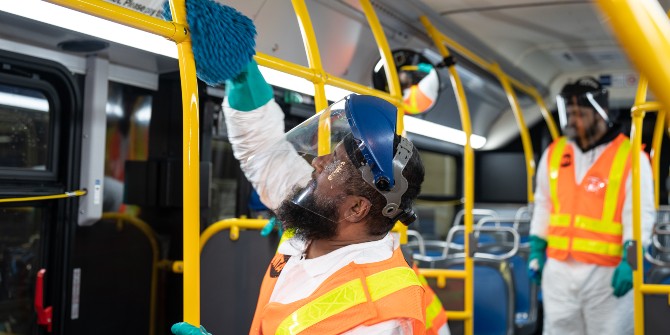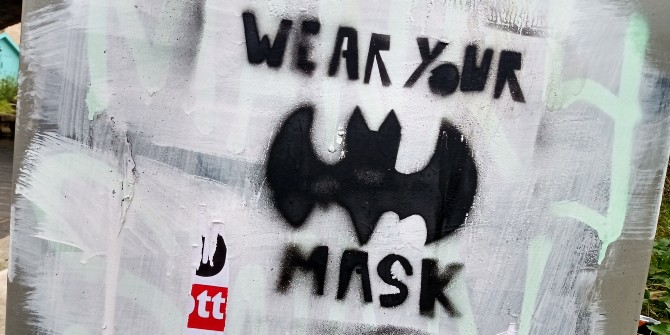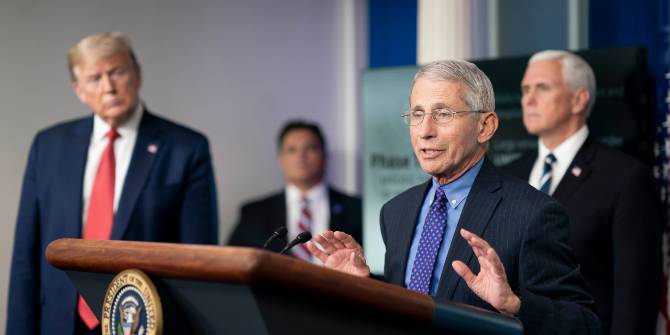Is there a link between population density and COVID-19 spread and severity in the United States? Felipe Carozzi, Sandro Provenzano and Sefi Roth (Centre for Economic Performance, LSE) found denser locations were more likely to have an early outbreak, but do not necessarily suffer more in the longer run.
Urban areas are often places of intense social interactions, crowded living and close contact. Whether Justinian’s Constantinople, fourteenth century Florence or 1918 Philadelphia, cities have historically been associated with the propagation of infectious disease. In the first wave of the COVID-19 global pandemic, large, dense urban areas around the world such as New York, Madrid and London were identified as disease hotspots. Increased awareness of the risks of present and future epidemics has understandably prompted a debate about the future of cities. Does density – the defining feature of cities – promote the spread of the disease? Will this affect the long-run outlook of urban areas?

Our analysis of the onset of the COVID-19 pandemic in the United States raises a series of important points regarding these questions. First, density is associated with an early arrival of COVID-19, so that urban cores and superstar cities get a head start on the spread of the disease. Second, the subsequent spread – once COVID-19 has arrived – is not faster or deadlier than in smaller towns or sparsely populated peripheries. Cities get hit first, but do not necessarily get hit harder. Third, several mechanisms may explain these findings. Large cities are intensely inter-connected with other locations, which can explain early onset. Yet, in the case of within-city spread, many different offsetting forces may be at play. Crowding may promote the spread of the disease but differences in precautionary measures, access to healthcare and demographics may contain it. As a result, it is important to distinguish differences in spread between and within locations.
This paper is based on reported patterns for the spread and severity of the disease in the US in the first half of the year. Therefore, drawing definitive conclusions of long-term impacts across urban systems is hardly warranted. Yet, our results may be useful for understanding and predicting the dynamics of future waves of viral disease outbreak across urban areas. As such, our findings may help policy makers to better plan and execute measures to contain outbreaks. Lastly, by showing that the time-adjusted number of COVID-19 related deaths appears not to be affected by density, we also cast doubts on hasty predictions on the consequences of dense urban living on the spread and severity of the disease.
This post is an extract from CEP Discussion Paper No 1711: Urban Density and COVID, by Felipe Carozzi, Sandro Provenzano and Sefi Roth. It represents the views of the authors and not those of the COVID-19 blog, nor LSE.





